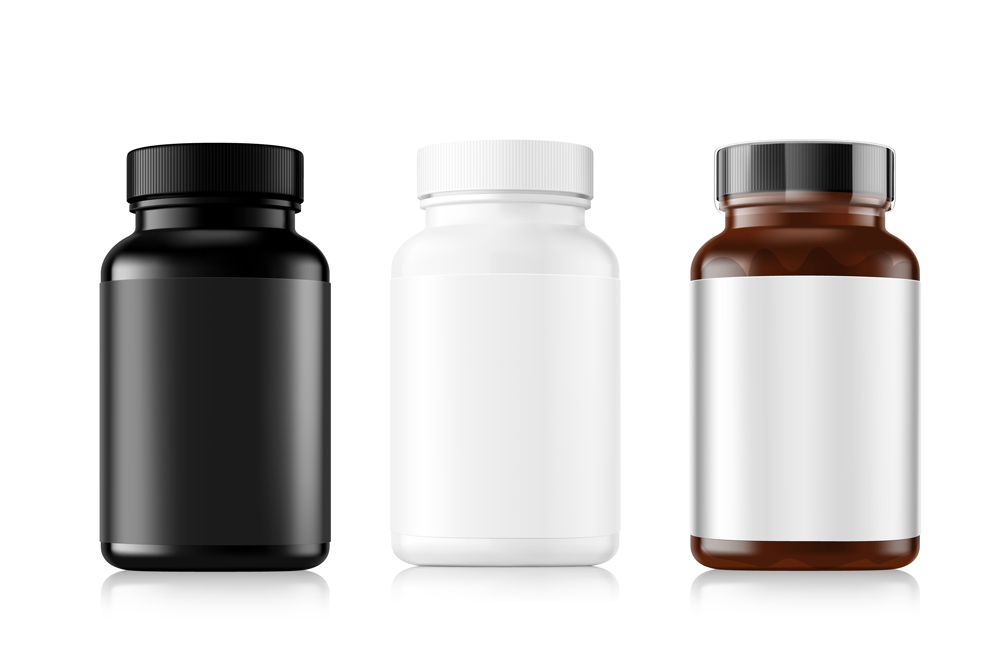S2K Commerce - Products Dropdown
Web Content Viewer
Flame Treatment for Plastic Container Label Adhesion

There are several elements that play a major role in quality containers and packages, and labeling is often at or near the top of this list. Labeling shows off the attributes and basics of your brand while helping your products stay noticeable on shelves, but if your labeling setup is not robust or has issues with adhesion, you could be missing out on these benefits and more.
At Industrial Container and Supply Company, we're happy to provide clients with a wide range of manufacturing services for plastic bottles, drums, sprayers and many other part types. There are several processes used to create quality plastic that will allow for simple label adhesion without risks of falling off or becoming damaged, and one of these is known as flame treatment. Let's have a look at how flame treatment works, why it's often used for plastic containers that require labels, and some of its secondary benefits.
How Flame Treatment Works
For various plastic containers that require a label, flame treatment will be used. This involves a process that chemically modifies a plastic's surface for better adhesion of a label at a later point.
It does so by creating a controlled blend of natural gas and air that creates an oxidizing flame. This flame will then be exposed to the surface of the plastic for a very short period, usually around a quarter of a second. As this happens, dirt, dust, oils and other possible contaminants are removed by the high level of heat. Simultaneously, the plastic's surface becomes "activated" by the heat, splitting up molecular chains and adding polar functional groups. This allows for the plastic to have a slightly "rougher" finish at the microscopic level, which in turn creates a surface that is able to bond much better with labeling adhesives.
Materials Often Used for Flame Treatment
There are a few plastics that are especially common when it comes to flame treatment, including:
- HDPE: High-density polyethylene, usually used in common bottles, is a common material for this process. This plastic is often used in items such as shampoo bottles and soft drink containers, and it has excellent properties when it comes to chemical resistance.
- PP: Short for polypropylene, this plastic is quite common in items such as food containers and bottle caps. It does have some issues bonding with certain adhesives, but flame treatment can help remedy that.
- PP: Short for polypropylene, this plastic is quite common in items such as food containers and bottle caps. It does have some issues bonding with certain adhesives, but flame treatment can help remedy that.
Each of these plastics share a major quality: They have low surface energy when they are manufactured. This means that it's tougher for things like ink, paint, glue and other adhesives to stick to the surface. Flame treatment, however, can help fix that.
When is Flame Treatment Done?
In most cases, flame treatment will be done in the same step as labeling. This is especially true for plastics that are already pre-made and ready for labeling. The flame treatment does not take much time, so it's possible to apply labels immediately after to save time.
Additional Benefits of Flame Treatment for Labeling
On top of simply improving surface adhesion for plastic container labels, flame treatment offers several other benefits as well:
No scorching or distortion: If done correctly, the flame treatment process should not cause any damage to a plastic's surface. This means that the product remains aesthetically pleasing and unharmed.
- No residue: Sometimes other treatments may leave behind unwanted substances on the plastic, which can then lead to contamination of contents or an undesirable appearance. Since flame treatment is only heat-based, however, there will be no residue left behind.
- Uniform treatment: Evenly and consistently treating every area of plastic is one of flame treatment's biggest benefits. This means that you can be assured that each piece will have an identical level of surface activation for a successful label adhesion process.
- No special chemicals needed: Flame treatment requires nothing more than the right equipment and a good setup. This means that you don't have to worry about any special chemicals, solvents or other tools needed for this process.
- Durable, long-term bond: The adhesive bonds created by the flame treatment process are usually stronger and more durable than those created with other surface treatments. This means that your labels will stay put for a longer period of time, even under tough conditions or handling.
To sum up, flame treatment is an excellent way to ensure label adhesion on various plastic containers and packaging materials. It is fast, effective and does not require any chemicals or additional steps. Flame treatment can help your plastic containers reach their full potential in terms of attractiveness and shelf life, making it a great option for businesses looking for reliable labeling solutions.
For more on this, or to learn about any of our plastic or glass container products, speak to our team at Industrial Container and Supply Company today.
